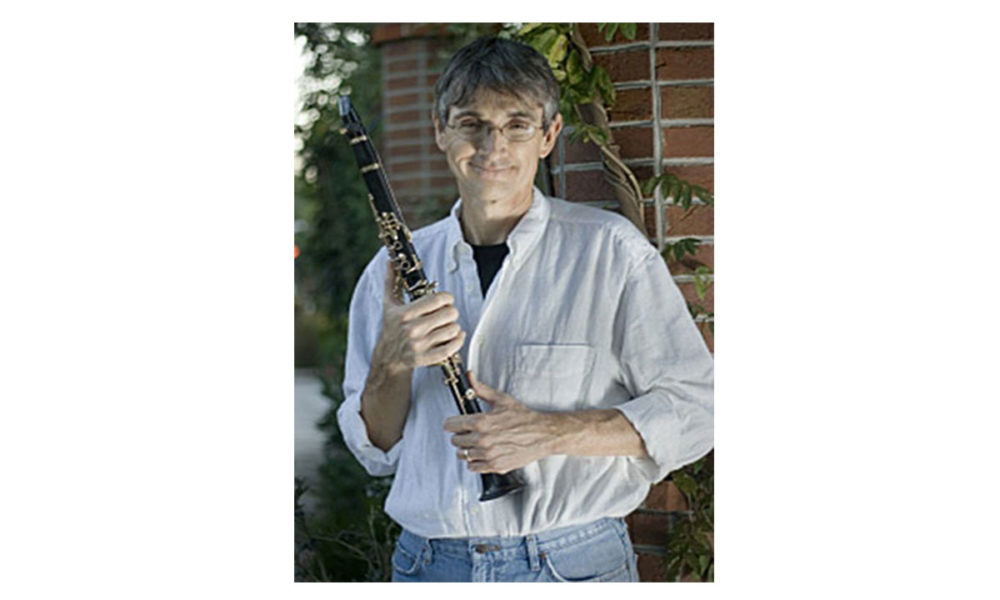“Ahh, I’m in tune. Wait, I’m sharp. No wait, I’m flat!” That’s me, at every gig.
Fact: The clarinet is inherently out of tune with itself. While other woodwinds overblow in octaves, a clarinet goes up a 12th.
Fixes have been developed over the years. These include smaller polycylindrical bores, undercut tone holes and relocated register keys. But unless your horn was made before 1950, it has all that, yet challenges persist.
Problem Notes
Sometimes you’re flat. I’m talkin’ the lowest E, F, and F#. But that allows the middle B, C, and C# to be in tune when you hit the register key.
Sometimes you’re sharp. Generally, it’s the throat tones: G, Ab, A, and Bb. You can use a “resonance fingering” to lower the pitch. Put fingers 3 and 4 of your right hand on their proper tone holes and press the pinkie F/C key.
Some are just quirky. You may have another note or two that are a little sharp. Bring the pitch down a bit by hovering your fingers low over open tone holes. Or maybe one is a little flat. Your repair person can check the tone hole for obstructions and also for key height. Just as hovering your fingers low over a tone hole lowers the pitch, a key that doesn’t open far enough has the same effect.
Potential Adjustments
Adjust your embouchure. More mouthpiece in your mouth can raise the pitch a bit. Increasing or decreasing muscle tension on the sides of your embouchure can change things. Shaping your throat as if you’re saying “EEEEE” can also raise notes slightly.
Lengthen the horn. For sharp throat tones, pull the barrel out slightly. If middle-of-the-staff C is sharp, pull the barrel and the middle joint the same amount. You can even lower that middle B by pulling the bell out just a smidge, though it’ll further flatten that already flat lowest E.
Change up the barrel. The 65- or 66-mm barrels are generally the stock sizes. It’s good to have a 64 on hand. I have dealt with these three after-market barrel makers: Muncy Winds Music Co., Clark W. Fobes, and Ridenour Clarinet Products.
These ideas will help you play with perfect pitch on every note.


